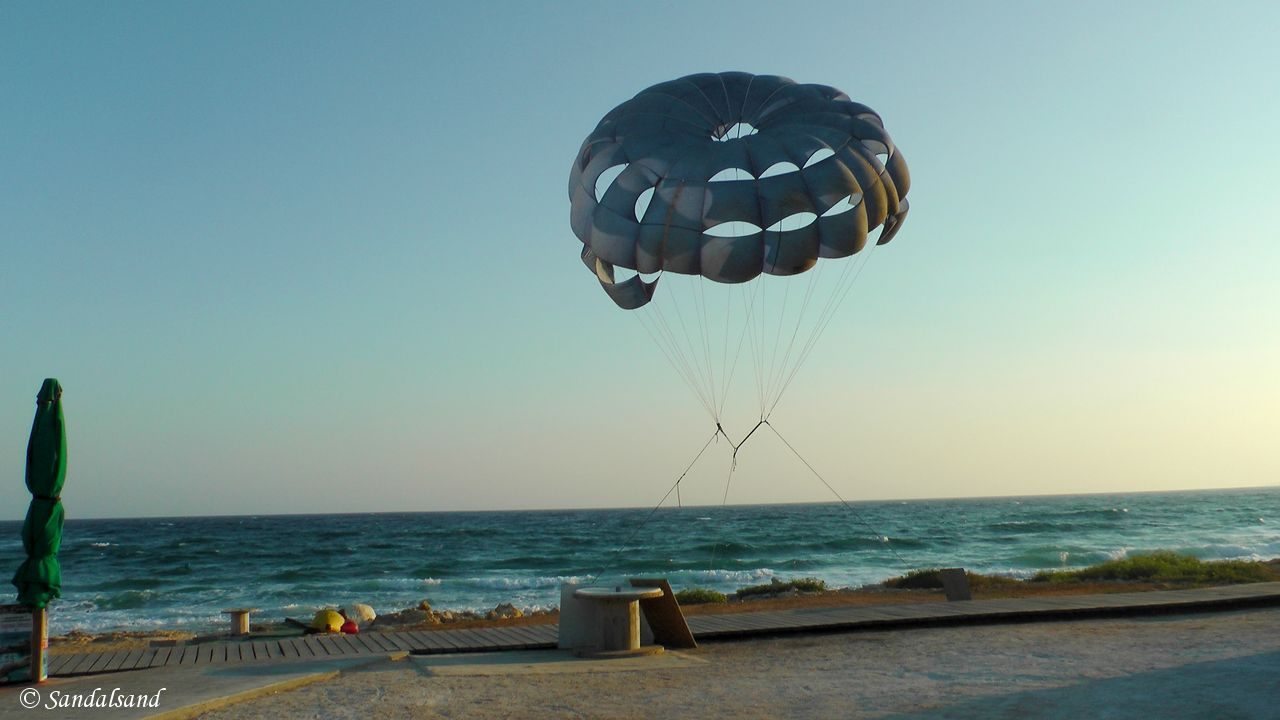The content of a travel website like mine deals with trips and destinations. Each and every time I ask myself this: To what detail should my trips be described and how should I present them?
A travel website may have many posts, from many places, but with little content. I subscribe to a number of travel blogs some of which seemingly have a policy of churning out new posts at least a couple of times a week. That obviously puts a strain on the writer’s imagination and activity level.
A travel website may also be the opposite; providing detailed background of the destination, its history, present situation and so on.
Some of my older trips are transcripts of my diary at the time of travelling, up to several decades ago. This sets my website apart from most other travel websites out there. My records make my posts historically very correct, and sometimes quite detailed.
My intention is to describe what I see and do, but also give enough background about the site to provide a perspective, and ultimately make the reader want to go there himself or herself. In natural life, or simply in his or her armchair. I basically combine different sorts of techniques as no one is the best. Read more in the About section and also on the page called Destinations.
Anyway, here are three basic tips to set your thoughts going, and also to understand this website.
Photographing the photographers, on Top of the Rock
1. Illustrate your articles
In order to create good blog content any article should have some sort of illustration. I subscribe to a lot of travel blogs. Many offer great photos – stock photos they have paid for, or open-source photos supplied free of charge.
I have made it a principle to use my own photographs, with a few exceptions. A few images are shot by travelling companions. Extremely few have in desperation been found on open-source sites, and are clearly marked. Quite a few trips have a video included too. (That explains partly the use of photos from my travel companions: I was busy filming.) Read about the photos and videos.
There are many travel blogs out there relying almost solely on photographs in telling the story of a place or country. I’m constantly looking for a good balance between text and illustrations. A few entries are more like photo essays, but none are without comments.
2. Find the balance between long and short articles
A few years ago the advice from web designers, psychologists and other experts on human perception was to create short articles. Do not force the reader to scroll, they said. Well, it is now the opposite. Good blog content demands more.
Long articles, forcing you to scroll down the page instead of opening a new tab or window or moving to another article is the new mantra. This new trend is driven by the shift into newer types of reading platforms like smart phones and tablets, combined with the demand for responsive layouts.
Sandalsand’s websites are not loaded with very long articles, and I have made it a habit to divide long trips, rich in impressions, into several posts. This is made to ease reading on the screen, and to create natural chapters with fitting headlines. For instance my trip to Myanmar was described in 12 numbered articles including plan and round-up articles.
It is also necessary to make it easy for the reader to navigate between posts in the same series. Linking is crucial.
At the end of the day it is not the number of words you throw into a post that counts, it just has to be well written.
3. Be careful with your travel advice
A potential traveller planning a visit will scan a lot of sites eager for information – all sorts of practical advice. I usually check out the destination / local sites for that kind of information. True, some posts on Sandalsand are written as a guide book with step-by-step advice on where to go and what to see – rich in illustrations. Check out Prague and Andalusia. The New York map included above contains a number of attractions as well as lines connecting them into walking routes.
I rarely include hotels, restaurants, bars, cafes and the like because they tend to come and go – architectural and natural attractions and the ways of life of locals don’t. Remember what they say about printed guide books: Their practical advice becomes obsolete the second the ink is dry.
Besides, Sandalsand is a website describing trips back to the 1980’s and any practical advice was out of date years ago for at least some of the posts.
This article about good blog content is one of several articles in the Blogging section of this website. Check out the others. Also, have a look at the Norwegian sister, Sandalsand Norge.


